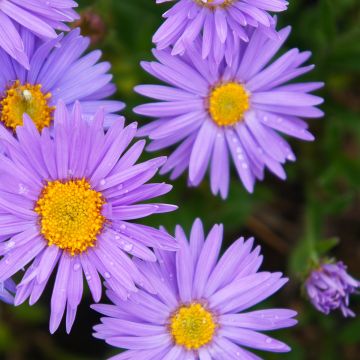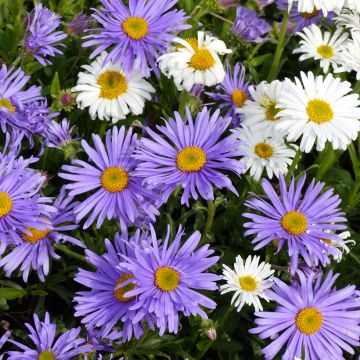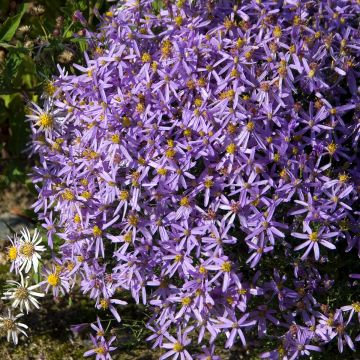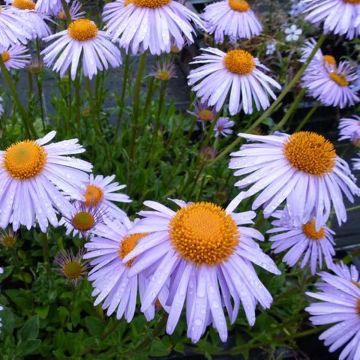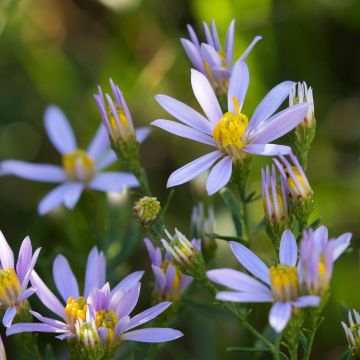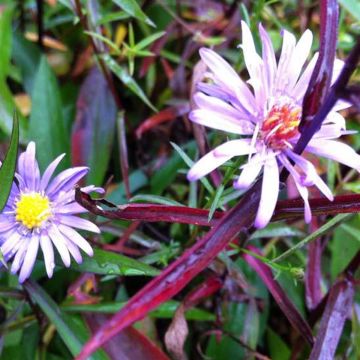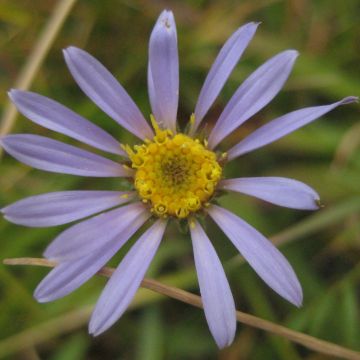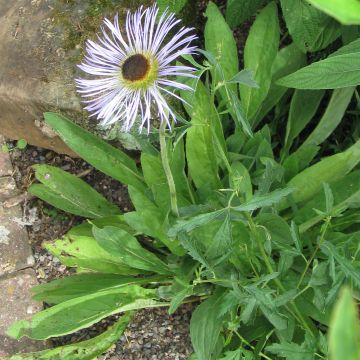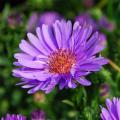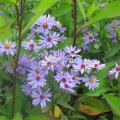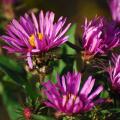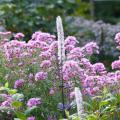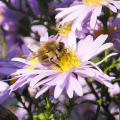Asters for dry soil
Does this plant fit my garden? Set up your Plantfit profile →
Available in 2 sizes
Available in 2 sizes
Available in 2 sizes
Available in 2 sizes
Available in 2 sizes
Available in 1 sizes
Available in 1 sizes
Available in 1 sizes
Available in 1 sizes
Available in 1 sizes

Available in 2 sizes
Available in 1 sizes
Available in 2 sizes
Available in 1 sizes
Available in 2 sizes
Available in 1 sizes
Available in 1 sizes
Available in 1 sizes
Available in 1 sizes
Available in 1 sizes
Available in 1 sizes
A selection of Asters adapted to dry soil. Gardeners are familiar with large autumn asters, Aster novae-angliae and novi-belgii, which grow in moist soil, but much less so with those that tolerate drought. They can be found among dwarf asters such as Aster amellus 'Sonora', Aster dumosus 'Anneke' or Aster tongolensis 'Berggarten'. These are small montane perennials for moderately dry, well-drained soil. Aster ericoides and its varieties 'Snow Flurry' or 'Pink Cloud' also thrive in light soils that are fairly dry in summer. Aster turbinellus is a beautiful, hardy and frugal wild plant, forming a lovely bushy clump dotted with small lavender-blue stars from October to November. Even more water-efficient, Aster rugulosus 'Asrugo' offers a multitude of small daisy-like flowers in white and pink tones from August to October. Much less known, Aster sedifolius 'Nanus' is a Mediterranean botanical species adapted to dry summers that blooms with the first rains of September. And ther are many others, to be discovered below.
All these perennials are floriferous and undemanding, content with a sunny exposure and well-drained, moist to dry soil, even alkaline.
Haven't found what you were looking for?







































